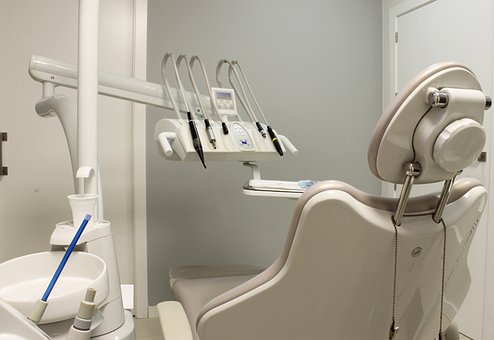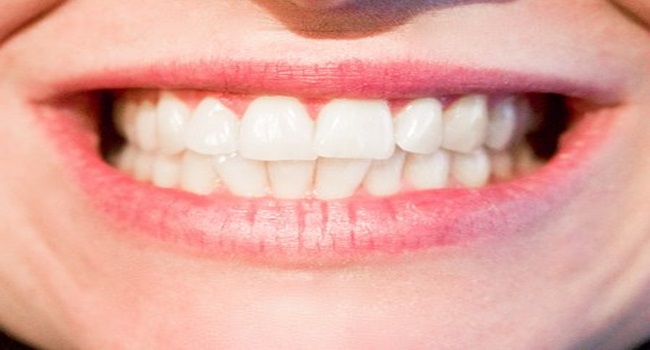Maintaining optimal oral health requires more than just regular brushing; it necessitates a comprehensive approach that includes daily flossing. Flossing plays a crucial role in preventing periodontal disease, a condition that affects the gums and supporting structures of the teeth. This article explores the importance of flossing, its impact on gum health, and how to incorporate it effectively into your oral hygiene routine.
Understanding Periodontal Disease
Periodontal disease encompasses a range of conditions that lead to inflammation and infection of the gums, primarily caused by plaque buildup. It begins with gingivitis, characterized by swollen and bleeding gums, and can progress to periodontitis, where the infection can damage the bone supporting the teeth. Periodontal disease is not just a dental concern; it is associated with various systemic health issues, including heart disease and diabetes, underscoring the need for effective prevention strategies.
The Role of Flossing
Flossing is an essential practice that helps remove plaque and food particles from between the teeth and below the gum line, where toothbrushes often can’t reach. Here are several key reasons why flossing is vital for maintaining gum health and preventing periodontal disease:
1. Plaque Removal
Plaque is a sticky film of bacteria that forms on teeth and can harden into tartar if not removed. Tartar buildup irritates the gums and can lead to inflammation. Flossing daily helps eliminate plaque from areas between the teeth, preventing its accumulation and subsequent gum disease.
2. Gum Health
Regular flossing reduces inflammation in the gums. By removing food particles and plaque, it minimizes the risk of gingivitis and promotes healthier gums. Studies have shown that individuals who floss regularly experience less gum bleeding and discomfort, indicating improved gum health.
3. Bad Breath Prevention
Flossing plays a significant role in freshening breath. Food particles trapped between teeth can contribute to bad breath, as bacteria feed on them and produce foul-smelling compounds. By incorporating flossing into your daily routine, you can reduce the risk of halitosis and maintain fresher breath.
4. Overall Oral Health
Flossing not only protects your gums but also contributes to overall oral health. It helps prevent cavities by removing plaque and debris from areas that toothbrushes can’t effectively clean. By maintaining healthy gums and teeth, you reduce the likelihood of requiring extensive dental treatments in the future.
How to Floss Effectively
While the benefits of flossing are clear, many people may not know the proper technique for effective flossing. Here are some steps to follow:
- Choose the Right Floss: Select dental floss that suits your needs. There are waxed and unwaxed varieties, as well as flossers and picks for those who find traditional floss challenging to use.
- Use Enough Floss: Cut about 18 inches of floss. This length allows you to use a clean section for each tooth, minimizing the risk of transferring bacteria from one area to another.
- Proper Technique:
- Grip the Floss: Wrap the ends of the floss around your middle fingers, leaving a few inches to work with. Use your thumbs and index fingers to hold the floss tightly.
- Gently Slide: Insert the floss between your teeth using a gentle sawing motion. Avoid snapping the floss, as this can damage the gums.
- Curve the Floss: Once between the teeth, curve the floss around each tooth in a C-shape. Slide it up and down against the side of each tooth and under the gum line.
- Repeat: Use a clean section of floss for each tooth and don’t forget to floss behind your back teeth.
- Be Consistent: Aim to floss at least once a day, preferably before brushing your teeth. Consistency is key to maximizing the benefits of flossing.
Overcoming Flossing Challenges
Many individuals struggle with incorporating flossing into their daily routine due to time constraints or difficulty with technique. Here are some tips to help make flossing easier:
- Set a Reminder: Use phone alarms or calendar alerts to remind you to floss daily until it becomes a habit.
- Make It Convenient: Keep floss in visible places, such as the bathroom counter or your bag, to serve as a visual reminder.
- Try Alternatives: If traditional floss is challenging, consider using interdental brushes, floss picks, or water flossers, which can be easier and more effective for some people.
The Bottom Line
Flossing is an essential component of a comprehensive oral hygiene routine and a critical defense against periodontal disease. By effectively removing plaque and food particles from between the teeth and along the gum line, flossing helps prevent gum inflammation, bad breath, and cavities. Incorporating flossing into your daily routine will not only promote healthier gums but also contribute to your overall oral health.
Regular dental check-ups and cleanings, combined with diligent home care practices like brushing and flossing, are essential for maintaining optimal gum health. If you experience any signs of gum disease, such as bleeding or swollen gums, consult your dentist for guidance and appropriate treatment options. Taking proactive steps today can help protect your gums and ensure a healthier smile for years to come.




